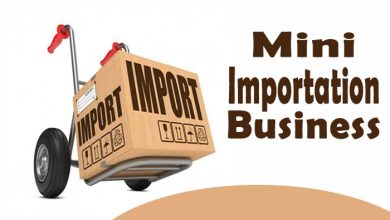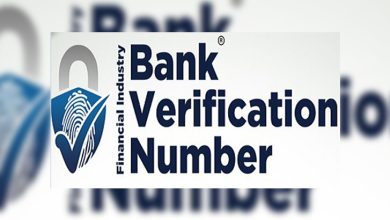How to Set Up Shopify Payment for Dropshipping: A Step-by-Step Guide for Success
How to Set Up Shopify Payment for Dropshipping: A Step-by-Step Guide for Success
How to Set Up Shopify Payment for Dropshipping: A Step-by-Step Guide for Success
Setting up a reliable and seamless payment system is a critical step in launching a successful dropshipping business on Shopify.
In this comprehensive guide, we’ll walk you through the process of configuring Shopify payment for dropshipping.
By the end of this blog, you’ll be equipped to accept payments from customers and ensure a smooth shopping experience on your online store.
Step 1: Sign Up for a Shopify Account
If you haven’t already, visit Shopify’s website and sign up for an account. Choose a unique store name and follow the on-screen prompts to complete the setup process.
Step 2: Navigate to “Settings” and “Payment Providers”
Once your Shopify account is ready, log in to the admin panel. Click on “Settings” in the bottom-left corner and select “Payment Providers” from the list of options.
Step 3: Choose a Payment Gateway
Shopify offers a range of payment gateways to choose from, including Shopify Payments, PayPal, Stripe, and many others. Consider factors like transaction fees, supported currencies, and available features before making your selection.
Step 4: Set Up Shopify Payments (Optional)
If you decide to use Shopify Payments as your payment gateway, click on “Complete account setup” under the Shopify Payments section. Follow the prompts to enter your business and bank details for secure payment processing.
Step 5: Configure Other Payment Methods
If you wish to offer additional payment options, such as PayPal or Stripe, click on the respective payment provider and follow the instructions to set up the account. Make sure to enable the payment method and test it to ensure it’s functioning correctly.
Step 6: Set Your Currency and Country Preferences
In the “Payment Providers” section, you can also configure your store’s currency and country preferences. Choose the currency that aligns with your target audience and business location.
Step 7: Enable Automatic Payments
To ensure timely payouts and streamline your dropshipping business, enable automatic payments. This setting allows Shopify to transfer funds to your designated bank account automatically.
Step 8: Test Your Payment System
Before launching your store, conduct thorough testing of the payment system to ensure it’s functioning flawlessly. Place test orders using different payment methods to verify the checkout process.
Step 9: Install SSL Certificate
To secure sensitive customer data during payment transactions, install an SSL certificate on your Shopify store. SSL encryption helps build trust with your customers and protects their personal information.
Step 10: Monitor and Optimize
Once your Shopify payment is set up, regularly monitor transactions and payment processes. Analyze customer feedback and performance data to identify areas for improvement and optimize your payment system accordingly.
Conclusion
Configuring Shopify payment for dropshipping is a vital aspect of creating a smooth and trustworthy shopping experience for your customers. By following this step-by-step guide, you can set up reliable payment gateways, offer various payment options, and secure transactions with an SSL certificate. Remember to continuously monitor and optimize your payment system to provide the best possible service to your customers. With a well-functioning payment setup, you can focus on growing your dropshipping business and achieving e-commerce success.






